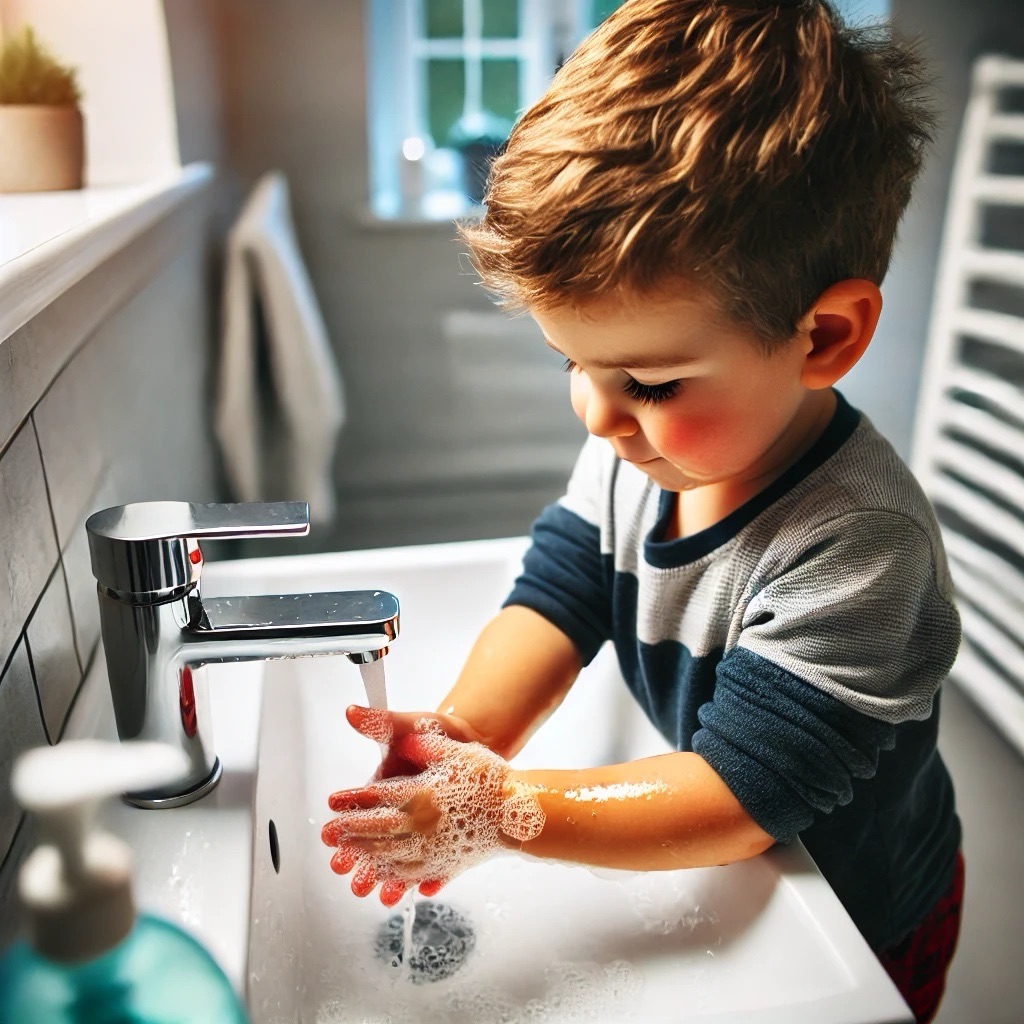Potty training is a significant milestone in a toddler’s development, but it can also be a source of anxiety and fear for many children. Overcoming these fears requires patience, understanding, and a strategic approach. Here’s a guide to helping your toddler overcome their fear of potty training.
Understanding the Fear
- Fear of the Unknown
- New Experience: Using the potty is a completely new experience for toddlers, which can be intimidating.
- Physical Changes: The sensations of using the potty, such as feeling the urge to go and the release, can be unfamiliar and scary.
- Previous Negative Experiences
- Accidents: Past accidents can lead to embarrassment and fear of repeating the experience.
- Pressure: Feeling pressured to perform can make toddlers anxious and resistant.
- Control Issues
- Independence: Toddlers are learning to assert their independence, and potty training can feel like a loss of control.
- Routine Changes: Transitioning from diapers to using the potty is a significant change in their daily routine.
Strategies to Overcome Fear
- Create a Positive Environment
- Positive Reinforcement: Use praise, stickers, or small rewards to celebrate successes, no matter how small.
- Avoid Punishment: Never scold or punish your child for accidents. This can increase fear and resistance.
- Gradual Introduction
- Talk About It: Start by talking about potty training in a positive and encouraging way. Use books and videos to introduce the concept.
- Show and Tell: Let your child observe you or an older sibling using the toilet to demystify the process.
- Make It Fun
- Potty Training Toys: Use potty training dolls or stuffed animals to role-play and make the process more relatable.
- Decorate the Potty: Allow your child to decorate their potty with stickers or choose a special potty chair to make it more inviting.
- Empower Your Child
- Choice of Potty: Let your child choose their potty chair or the seat they prefer.
- Involvement: Involve your child in the process, like picking out underwear and flushing the toilet.
- Routine and Consistency
- Regular Schedule: Establish a consistent potty routine, such as sitting on the potty after meals or before bedtime.
- Routine Activities: Incorporate potty time into daily routines, making it a normal part of the day.
- Gentle Encouragement
- Reminders: Gently remind your child to use the potty without pressure.
- Stay Calm: Maintain a calm and patient demeanor, even if your child is resistant or has accidents.
- Addressing Specific Fears
- Fear of Falling In: If your child is afraid of falling in, use a smaller potty chair or a secure potty seat on the regular toilet.
- Noise Sensitivity: If the sound of flushing is scary, allow your child to leave the room before flushing or use a quieter toilet.
- Celebrate Progress
- Acknowledge Small Wins: Celebrate every step forward, whether it’s sitting on the potty, telling you they need to go, or successfully using it.
- Consistent Praise: Provide consistent and genuine praise to build your child’s confidence.
- Be Patient and Flexible
- Take Breaks: If your child is very resistant or fearful, take a break and try again later. Forcing the issue can lead to more fear and anxiety.
- Adjust Approach: Be willing to adjust your approach based on your child’s reactions and comfort level.
Conclusion
Overcoming a fear of potty training in toddlers requires a combination of patience, positivity, and understanding. By creating a supportive environment, making the process fun, and addressing specific fears, you can help your child transition smoothly from diapers to using the potty. Remember, every child is different, so it’s important to go at their pace and celebrate every success along the way. With time, encouragement, and consistency, your toddler will gain the confidence and skills needed to overcome their fear and master potty training.

